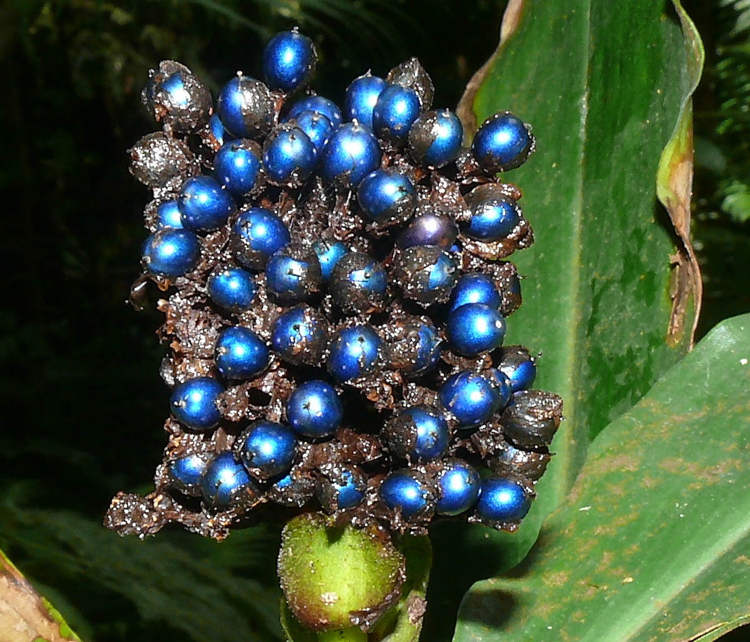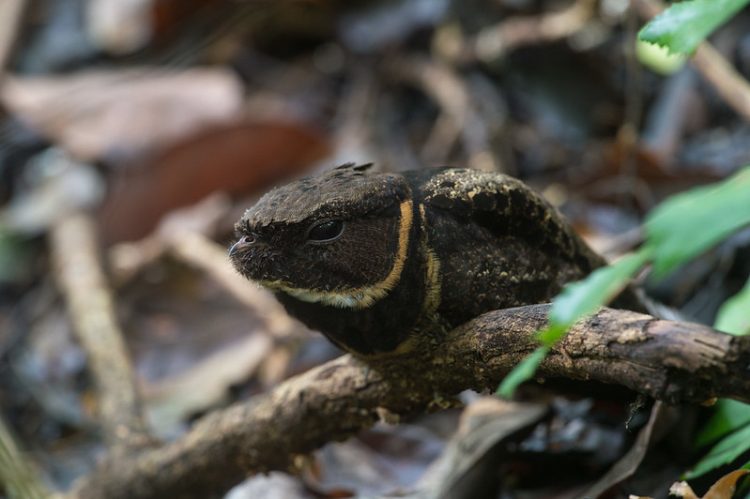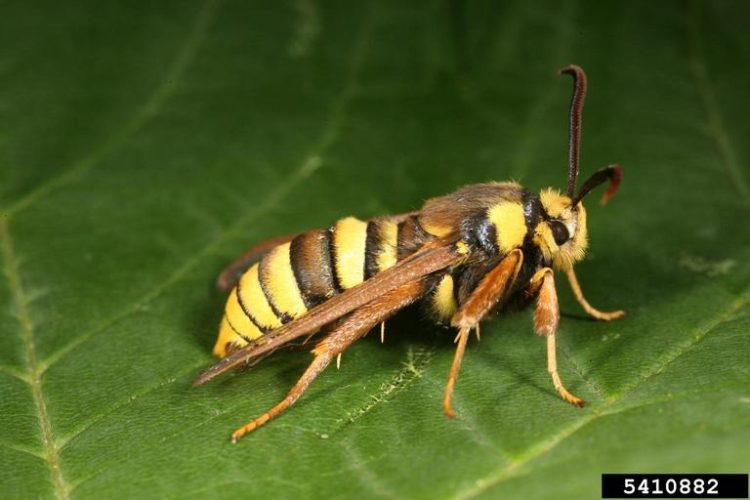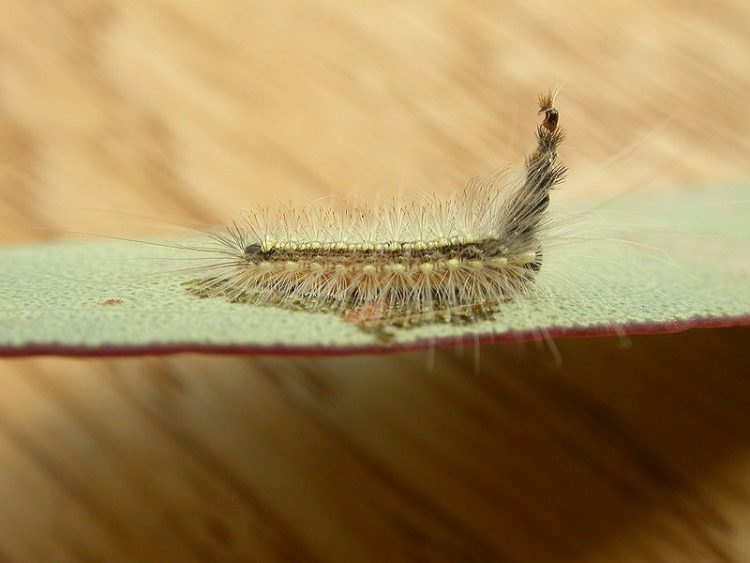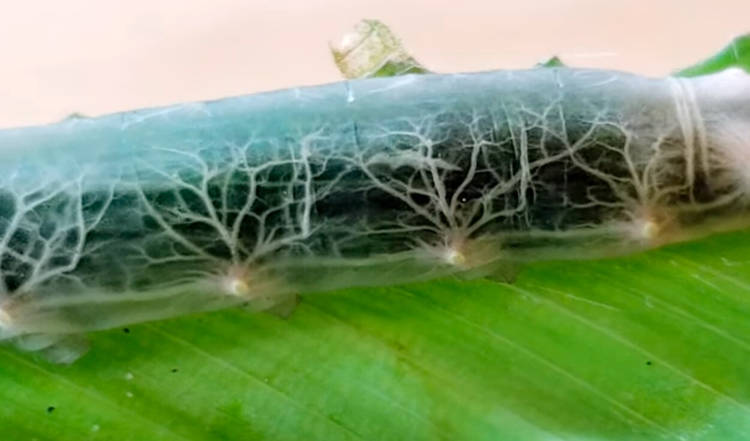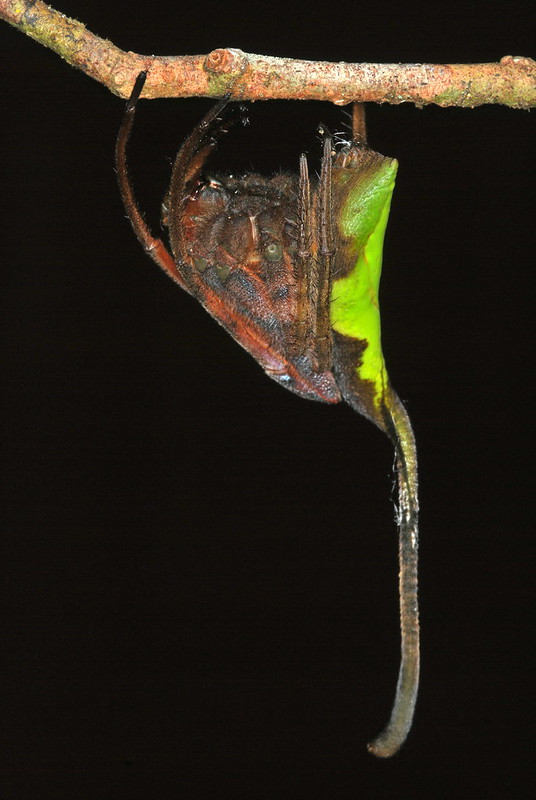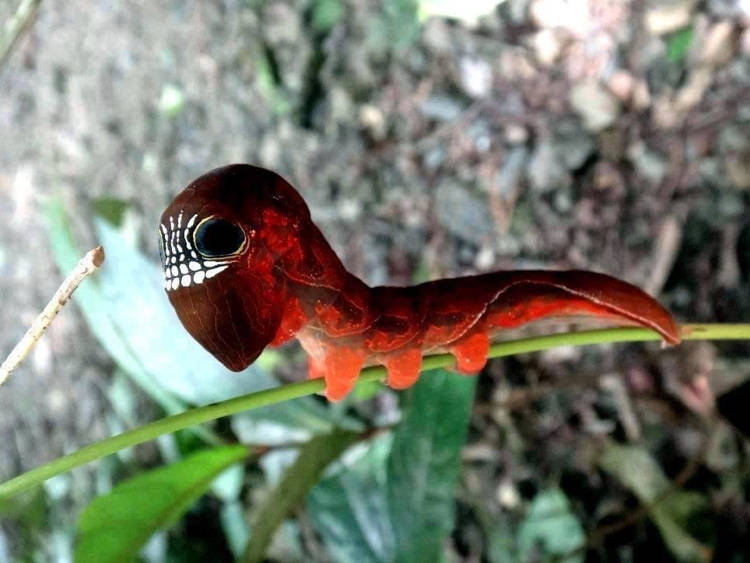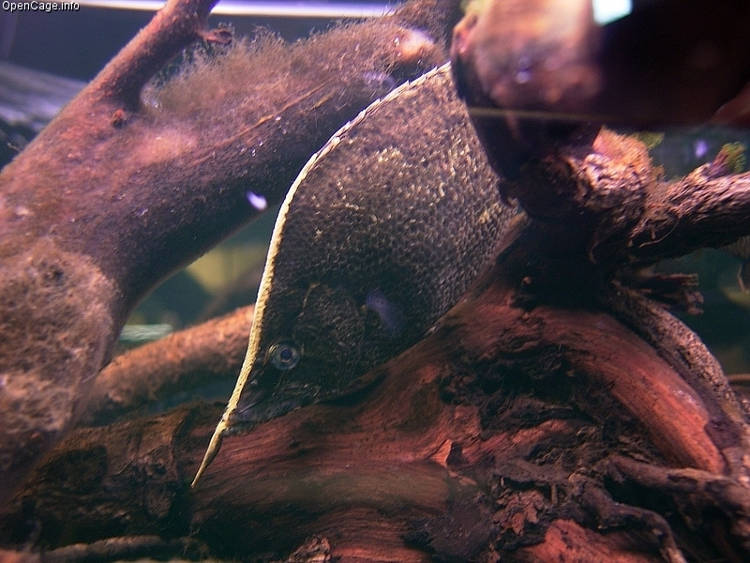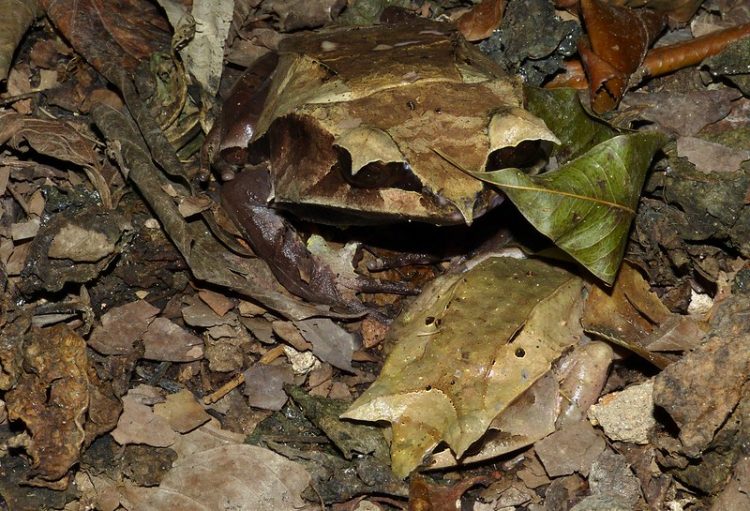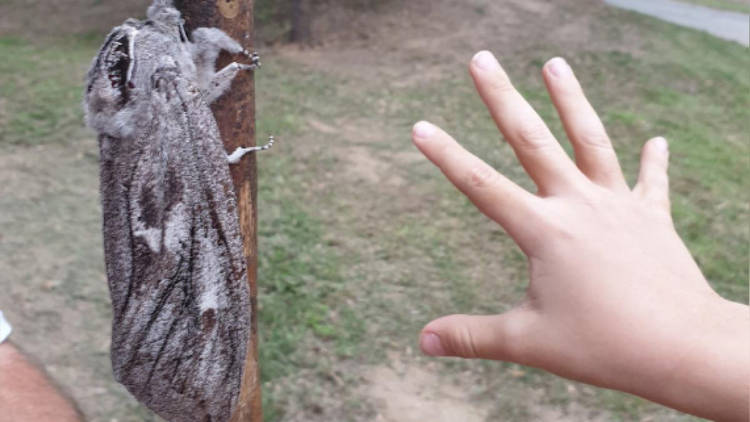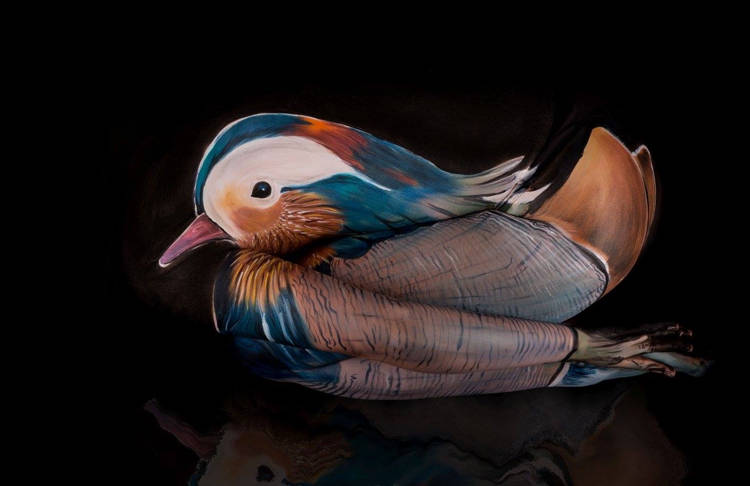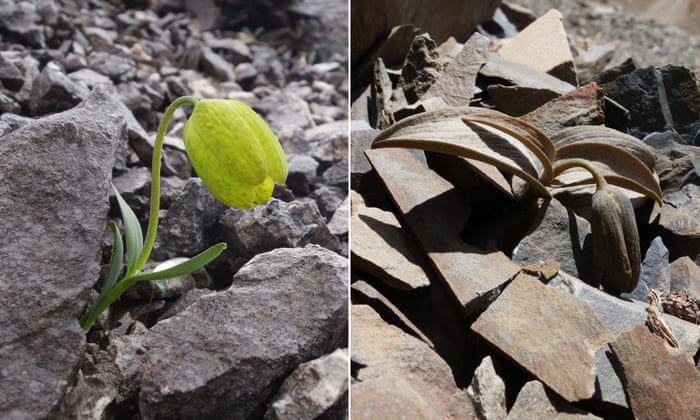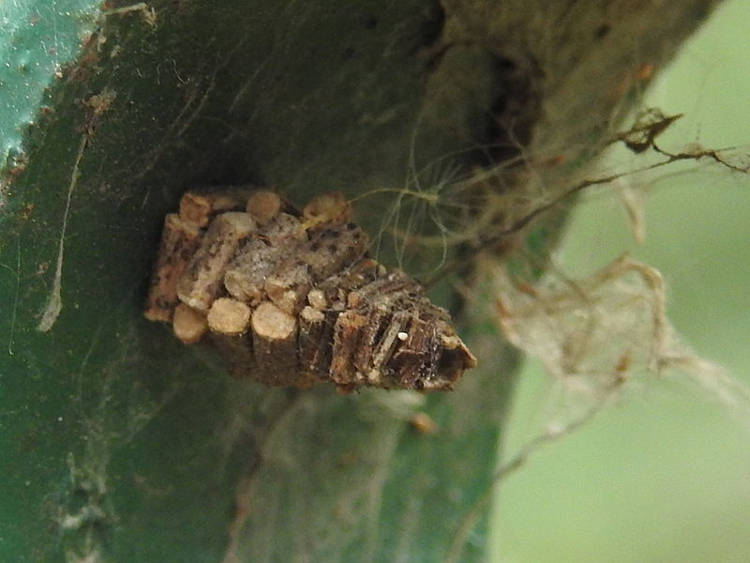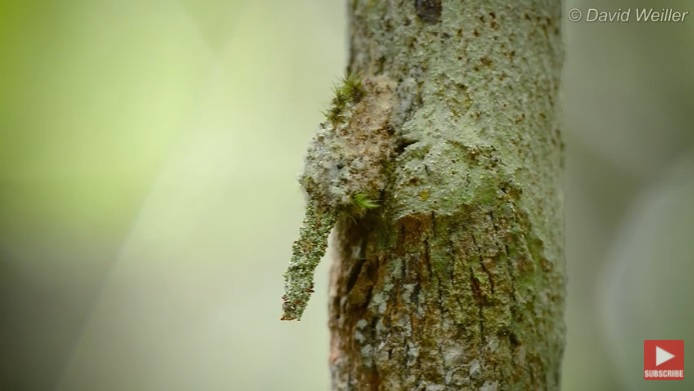The fruit of Pollia condensata, aka the marble berry, a plant that grows in the forests of Central Africa, has been scientifically recognized as the brightest organic substance in nature.
The elusive marble berry plant grows up to about meter-tall and sprouts clusters of up to 40 small, impressively-shiny fruits. Seeing a marble berry up close, you could swear it was coated in a layer of metallic blue paint. It looks a lot like a shiny miniature Christmas bauble, shimmering in the sunlight, which is unusual for a plant. The world is full of brightly-colored plants and fruits, but none of them are as iridescent as the marble berry. That fact intrigued scientists, who, after conducting a series of tests, concluded that the fruit of Pollia condensata was not only the brightest fruit in the world, but the brightest organic thing.

